What is it?
Almost two years after its launch, the McLaren 720S remains the best supercar in the world – some achievement from a company that still hasn't even been making cars for a decade.
Even in McLaren's earlier days, when it wasn’t quite on top of the world, it made a darn good convertible supercar with its 650S Spider, and the 12C Spider before it.
The strength of McLaren’s carbonfibre tub meant a conversion from coupé to convertible could be made without sacrificing stiffness and adding little weight, thus avoiding the main pitfalls that have nearly always historically made a convertible supercar a slower, heavier and worse-looking version of the coupé from which it's derived.
Now the 720S Spider has arrived to carry on that rich open-top bloodline. Its official brief is to be the ‘most complete convertible supercar’, and if it’s as good as its credentials suggest, it should be the more desirable version of the world’s best supercar, and the one you’d probably buy. The de facto world’s best supercar, even.
Those credentials, then. McLaren’s carbonfibre Monocage II structure has been adapted to now be called Monocage II-S. That essentially means the coupé’s dramatic dihedral doors have been lost due to the fact a retractable one-piece hard-top roof needs to be added, but, in doing so, all of the structural strength has been retained. No fixed roof means the addition of a new rollover protection system, bonded to the chassis, made from carbonfibre and 6.8kg lighter than the 650S Spider’s steel construction.

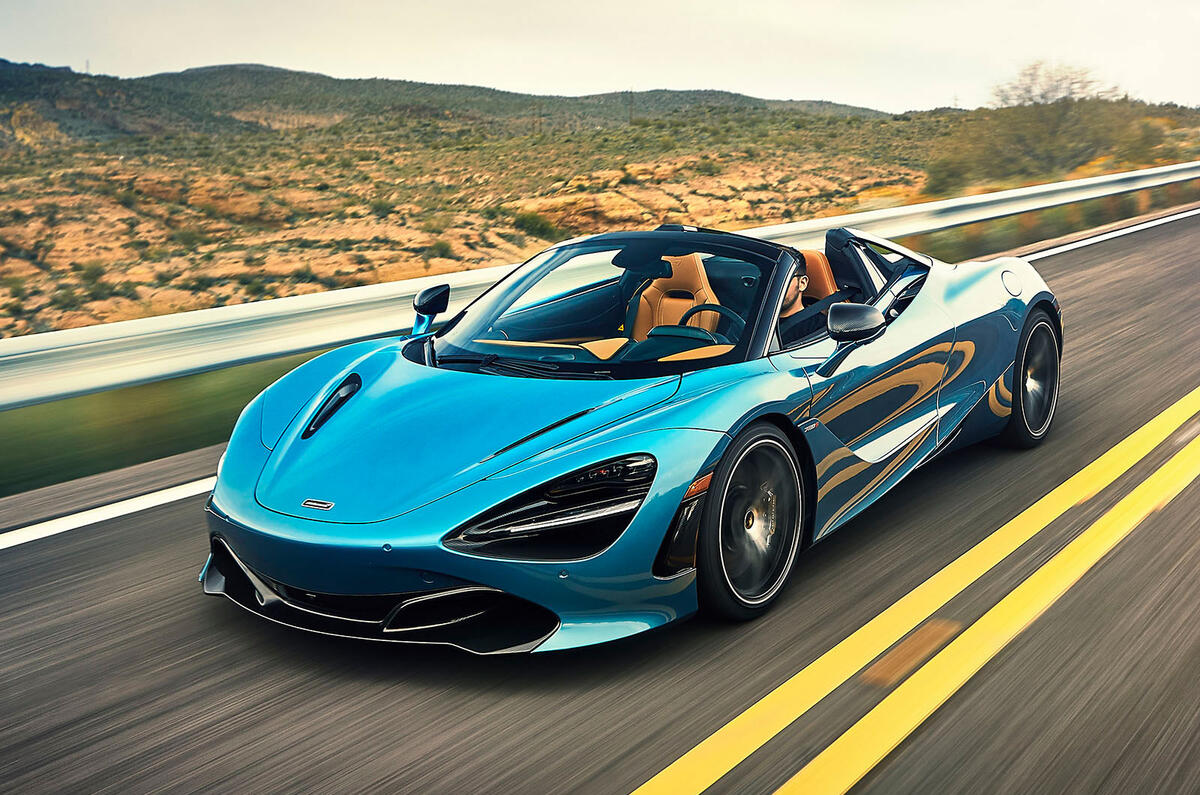
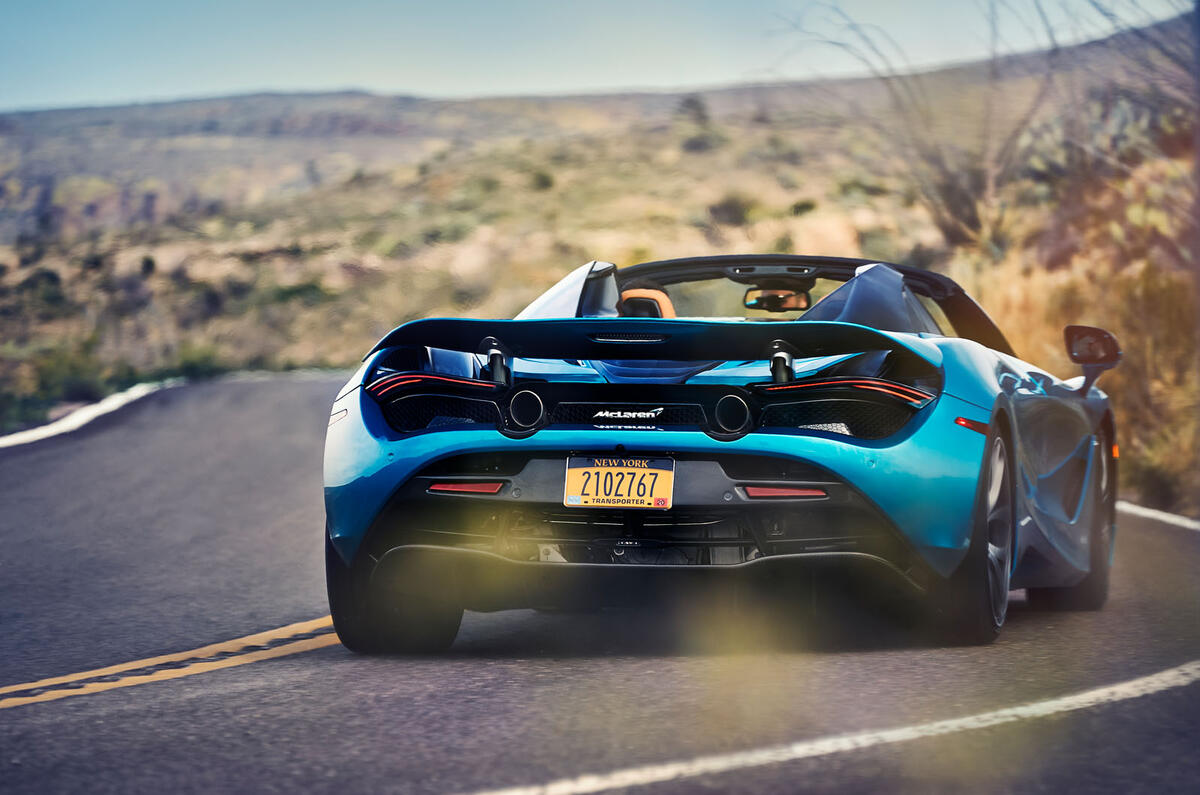
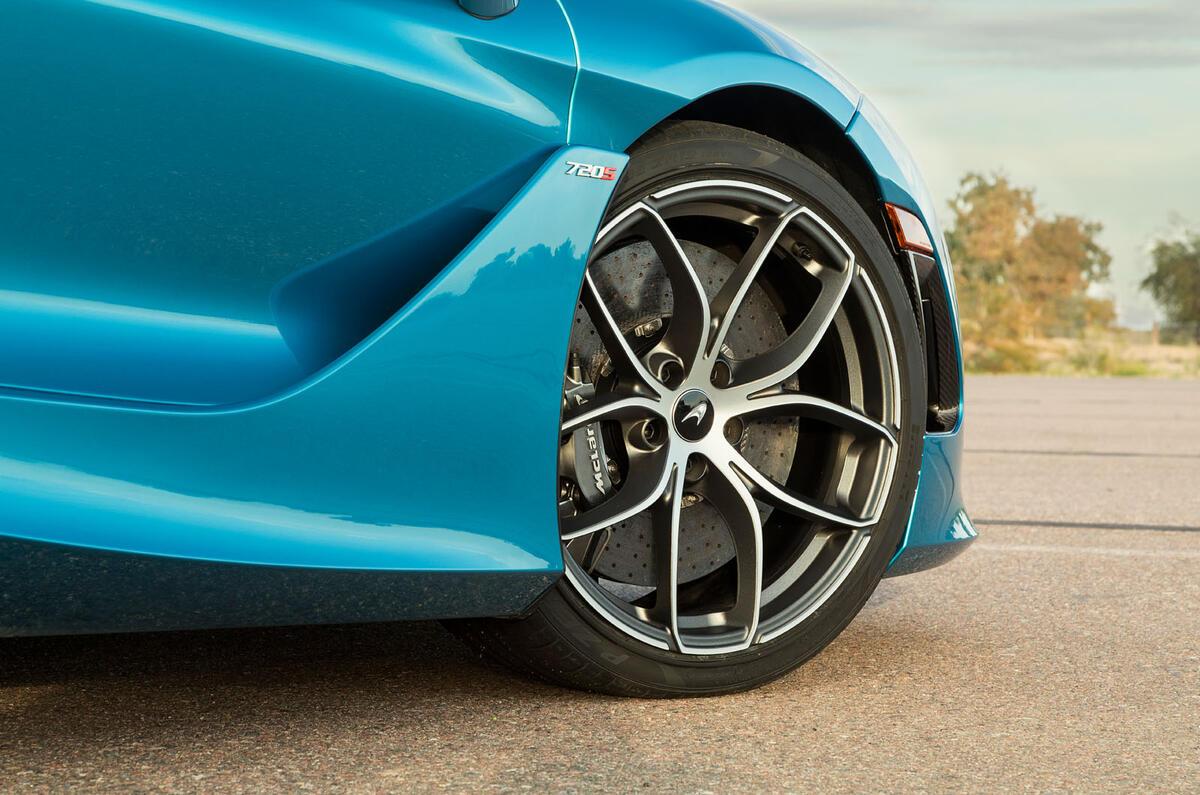
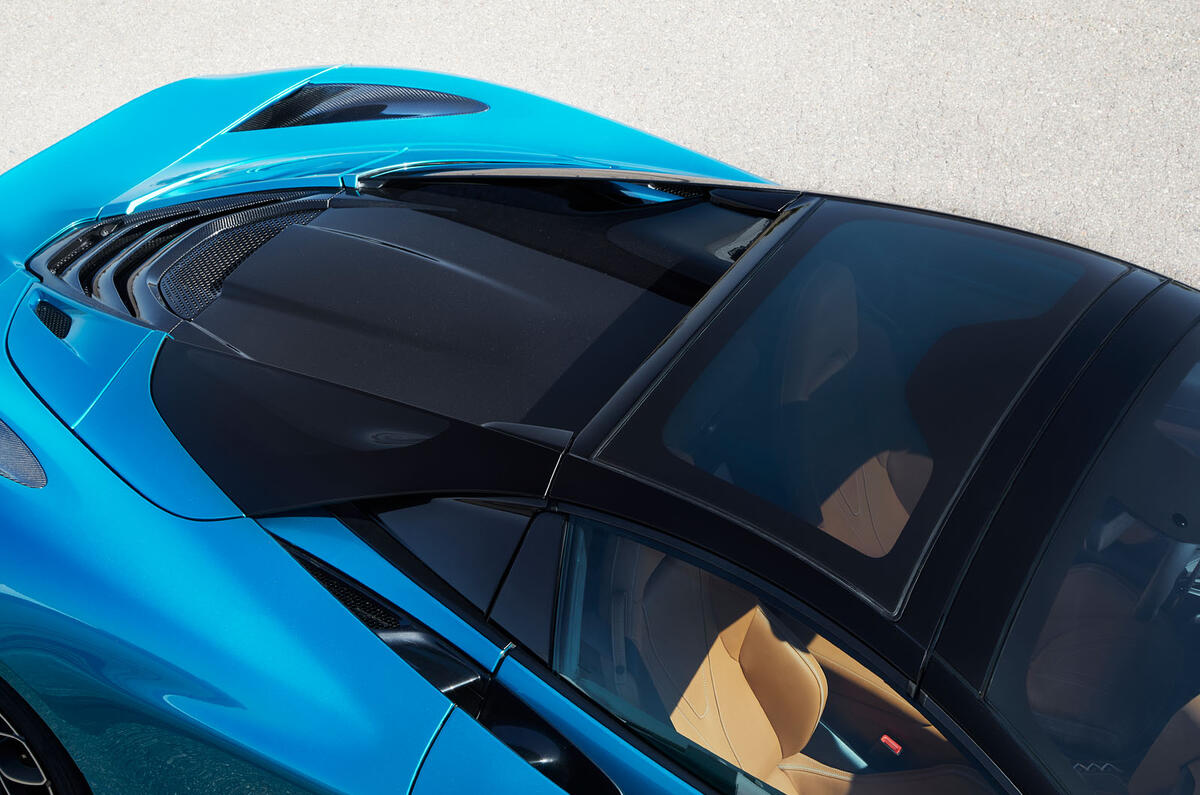
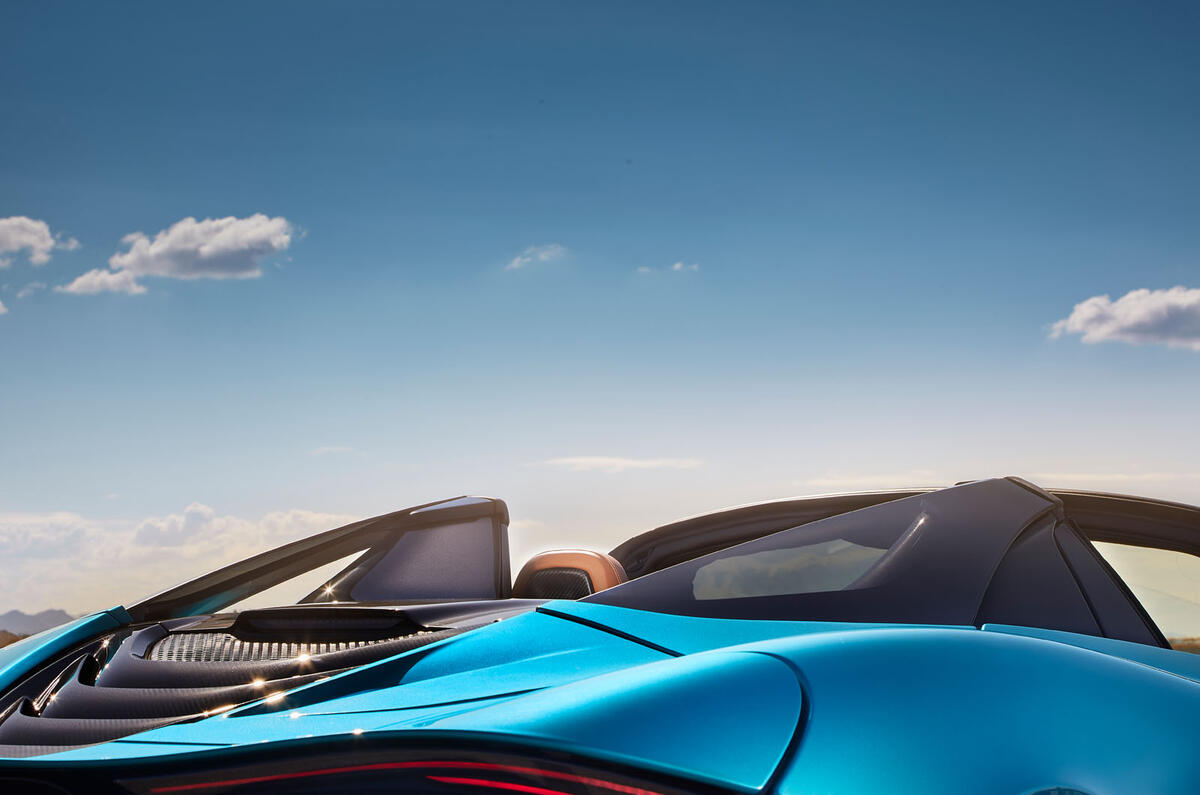
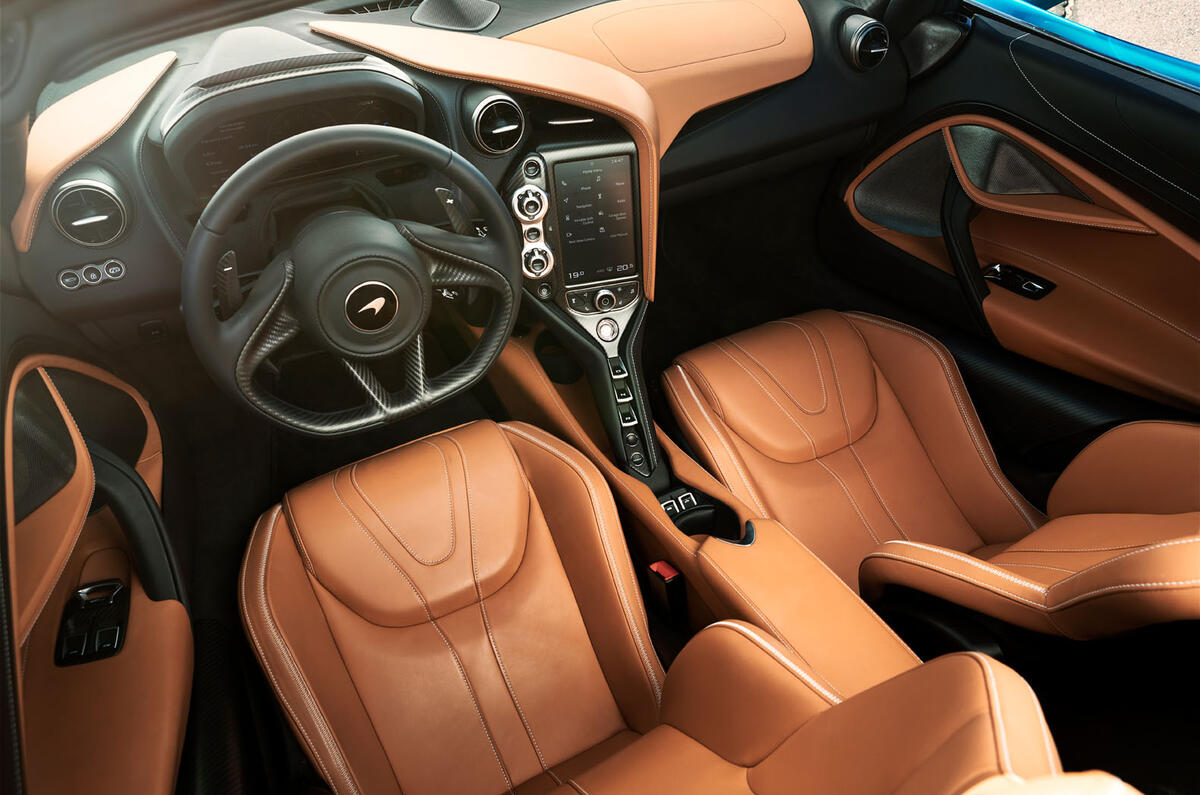
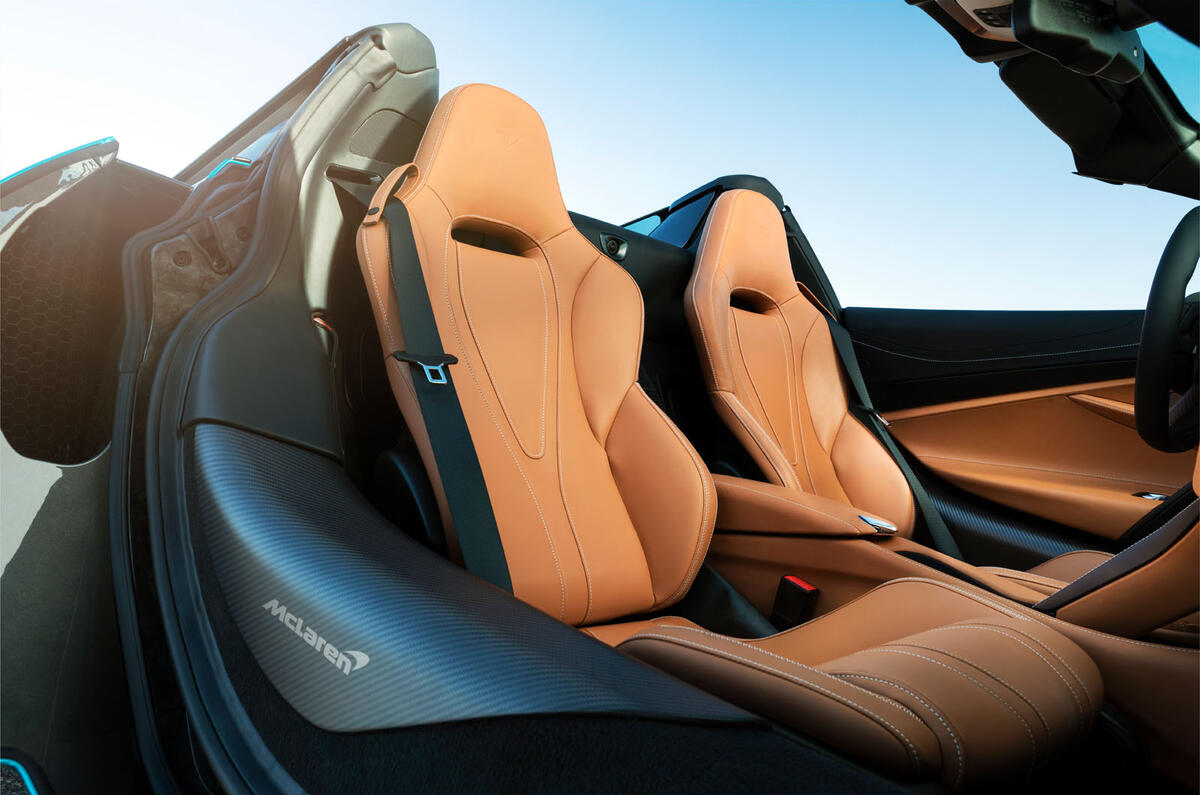
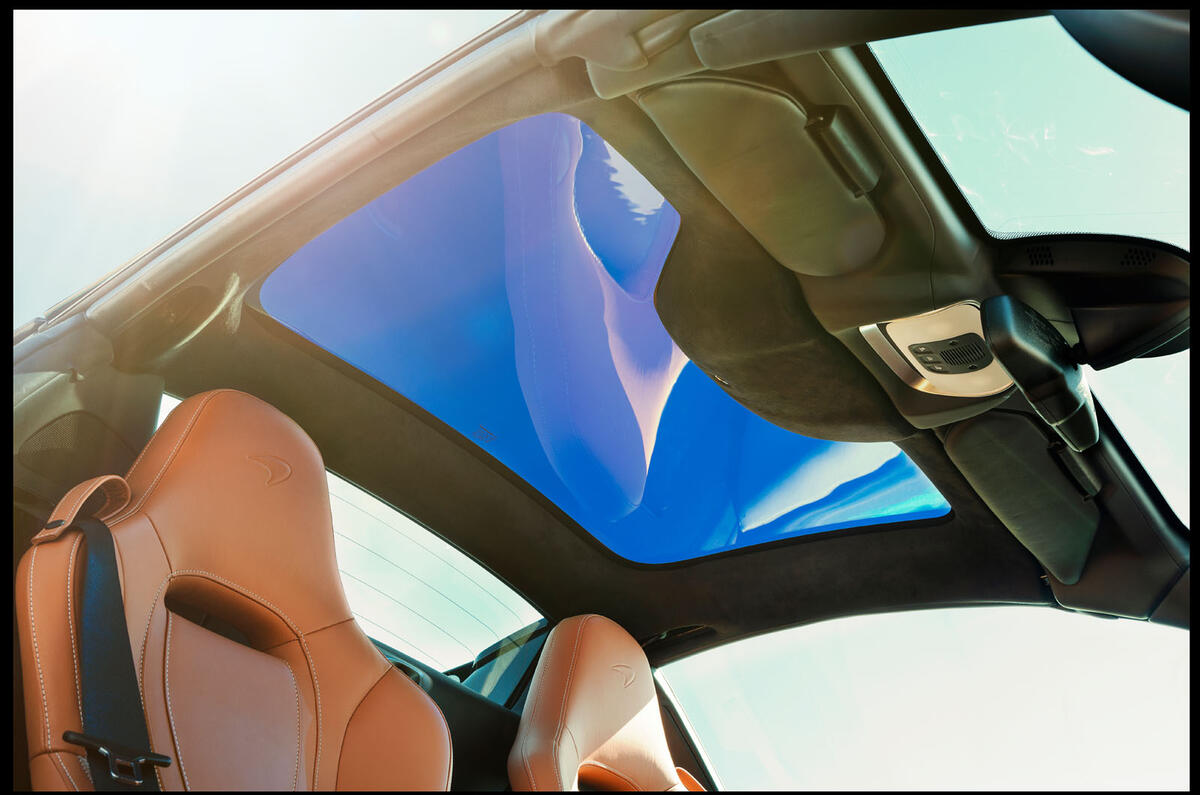
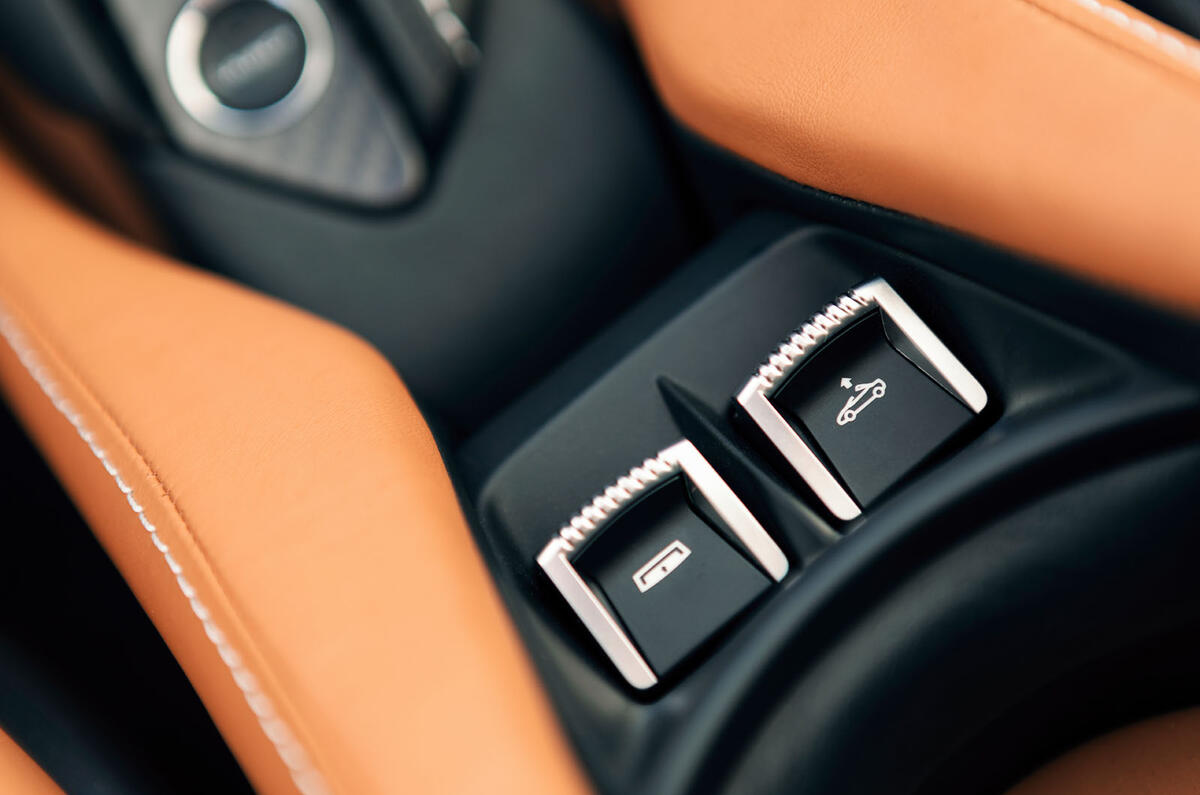
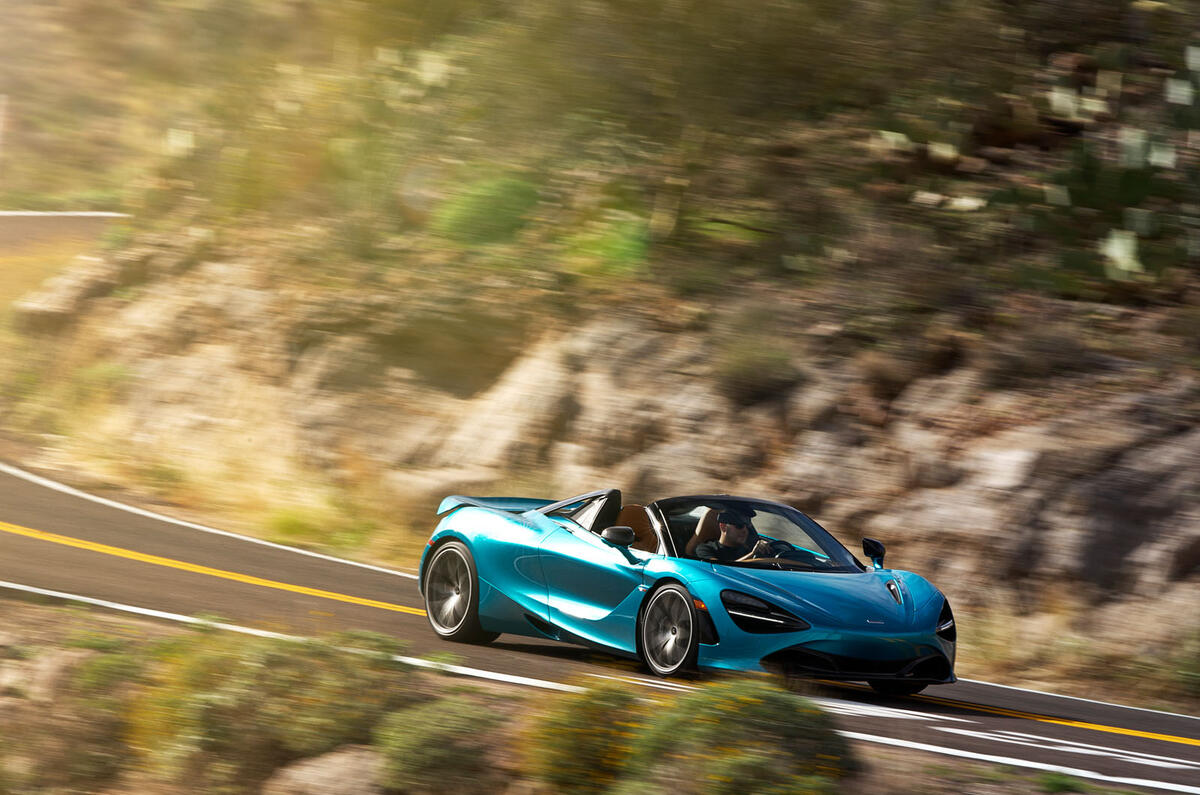
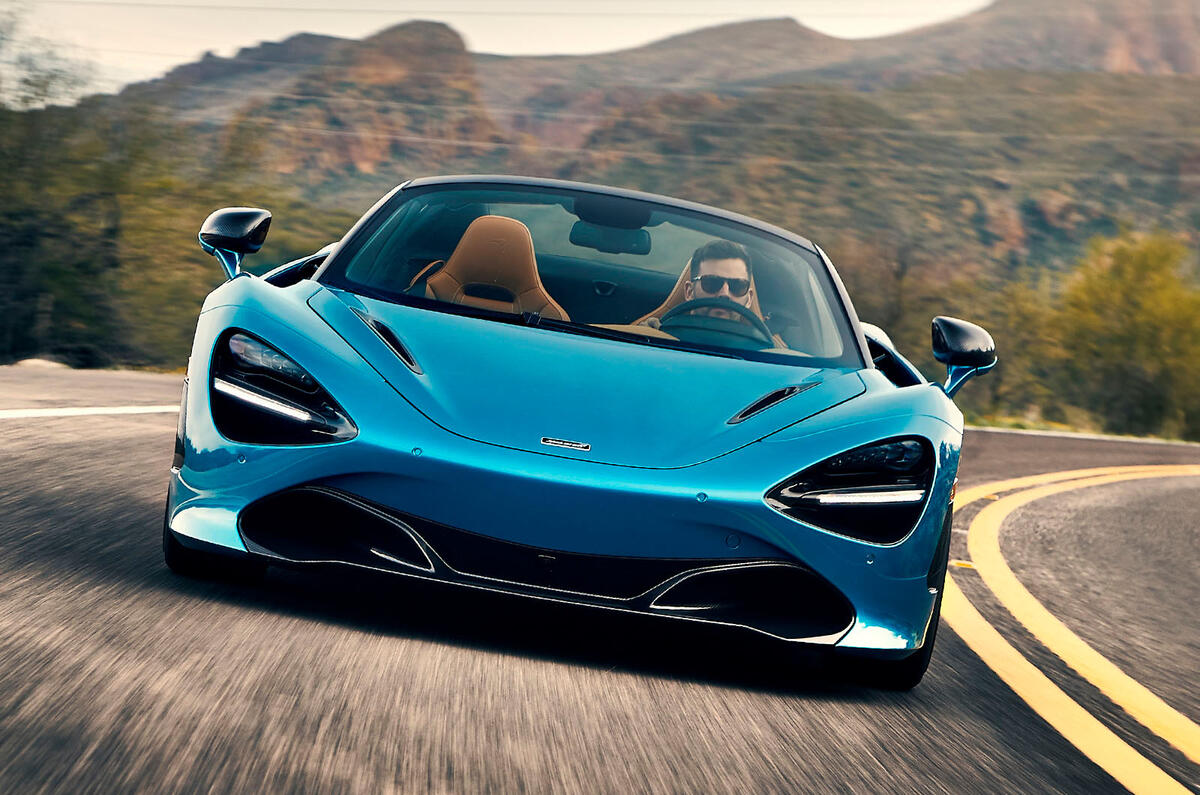
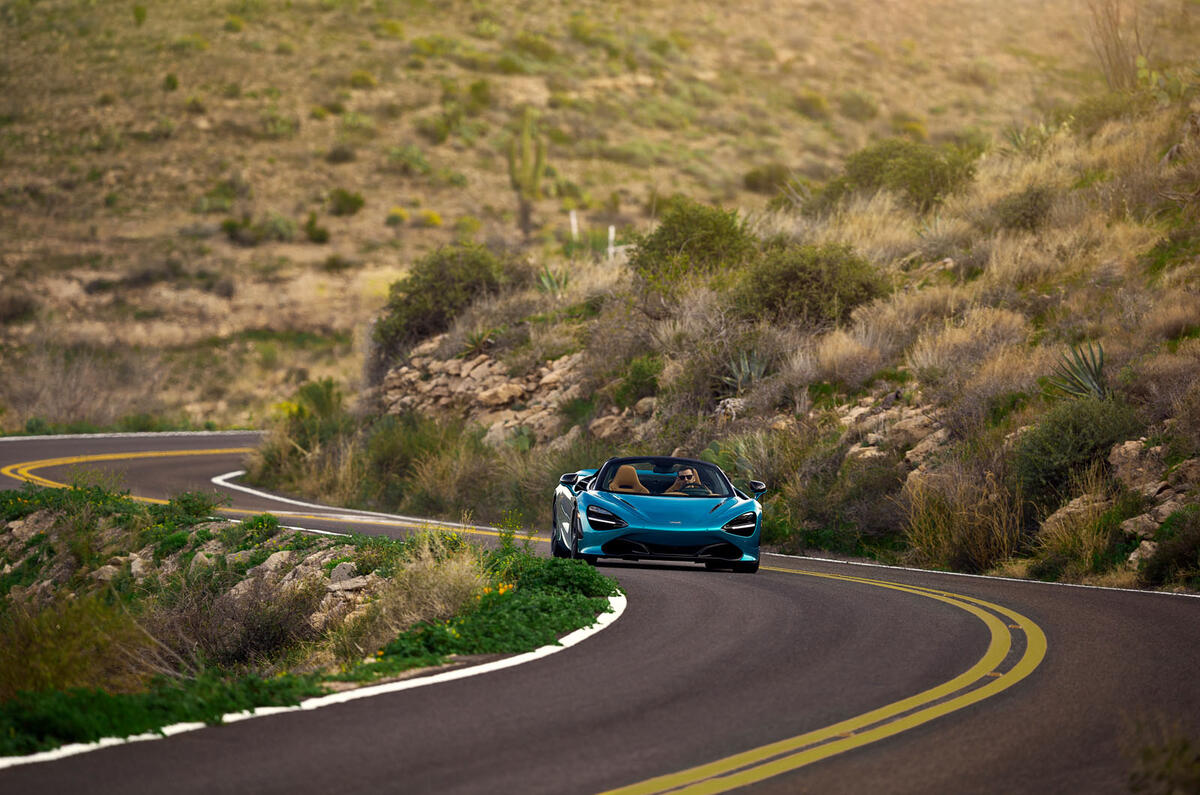
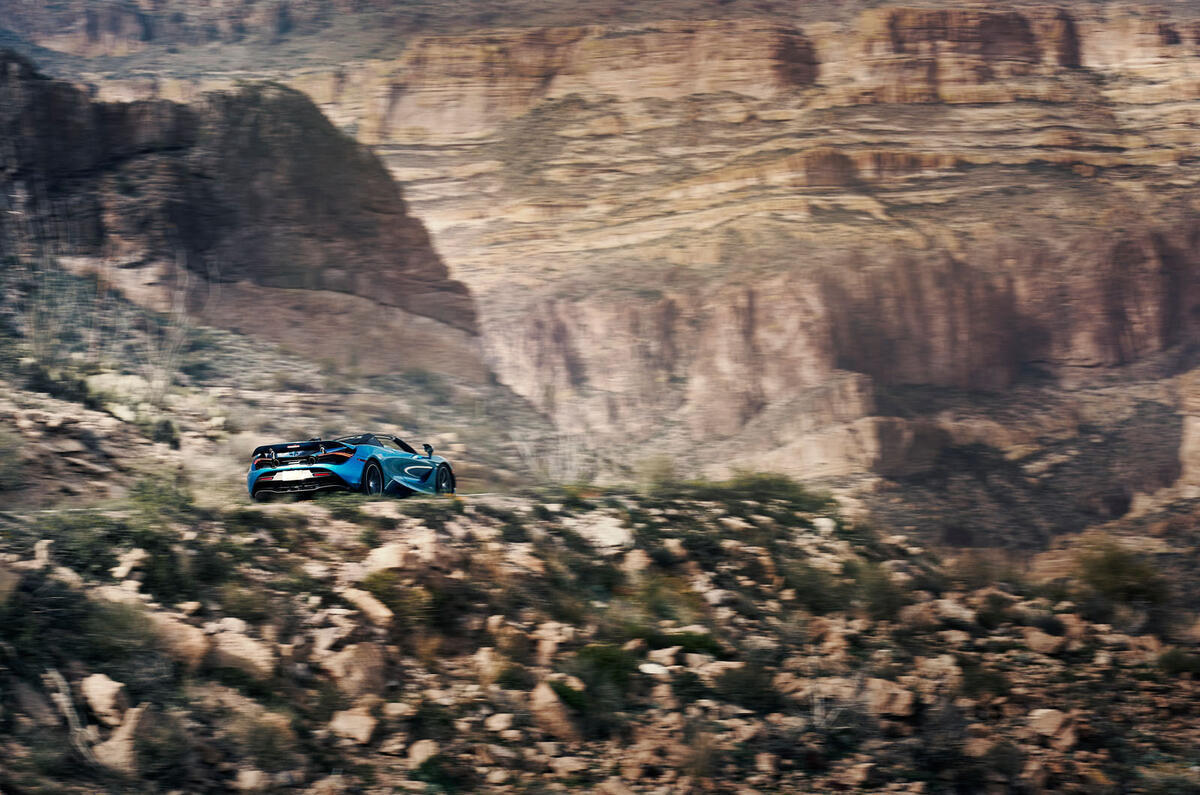
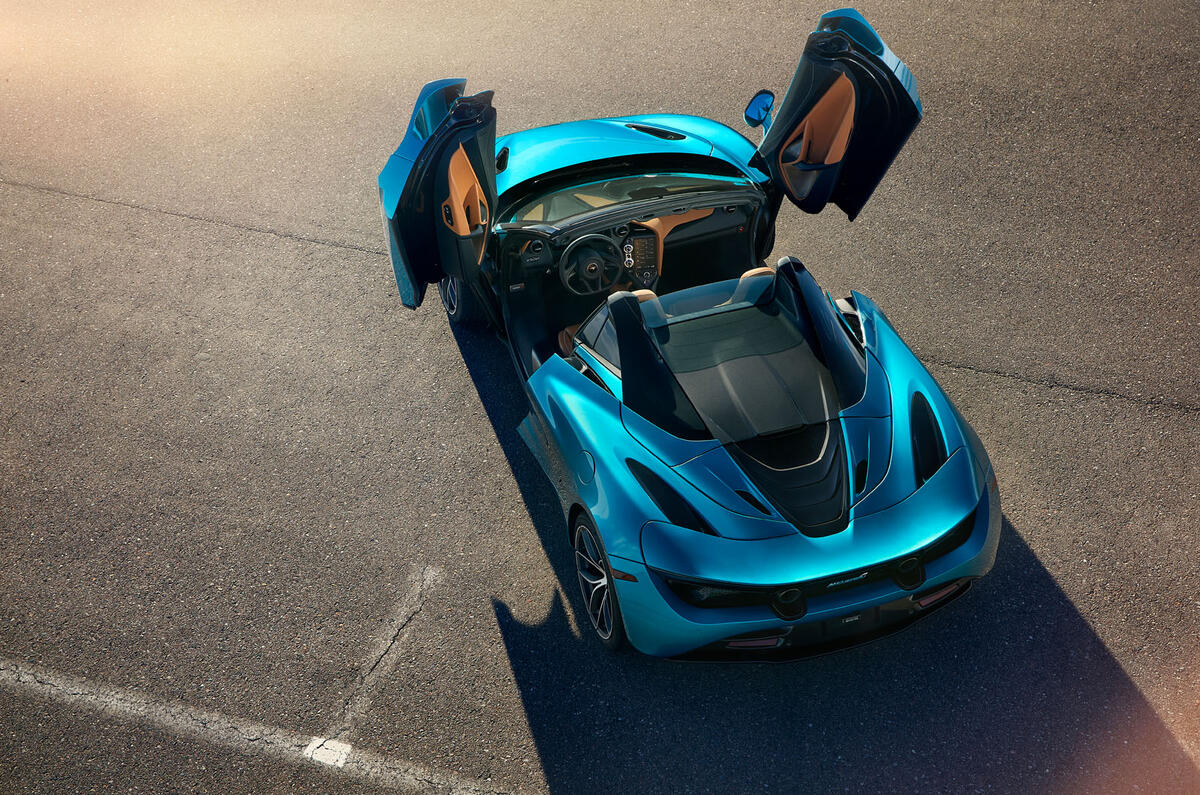
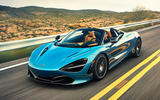
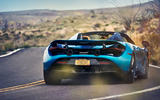
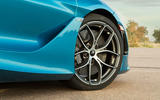
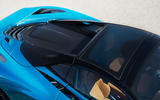

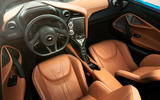
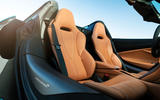
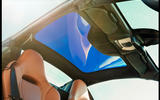
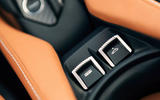
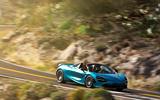
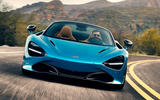
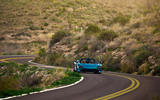


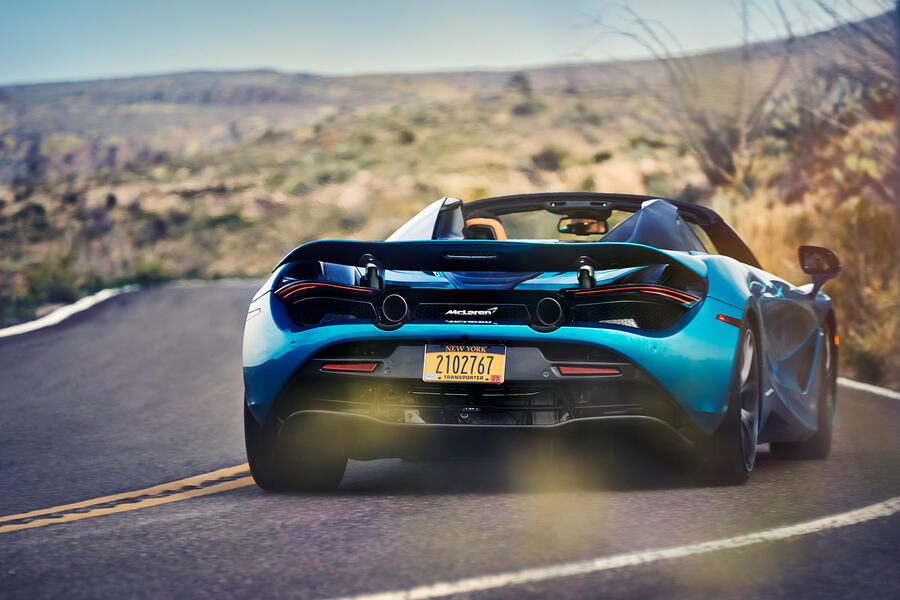
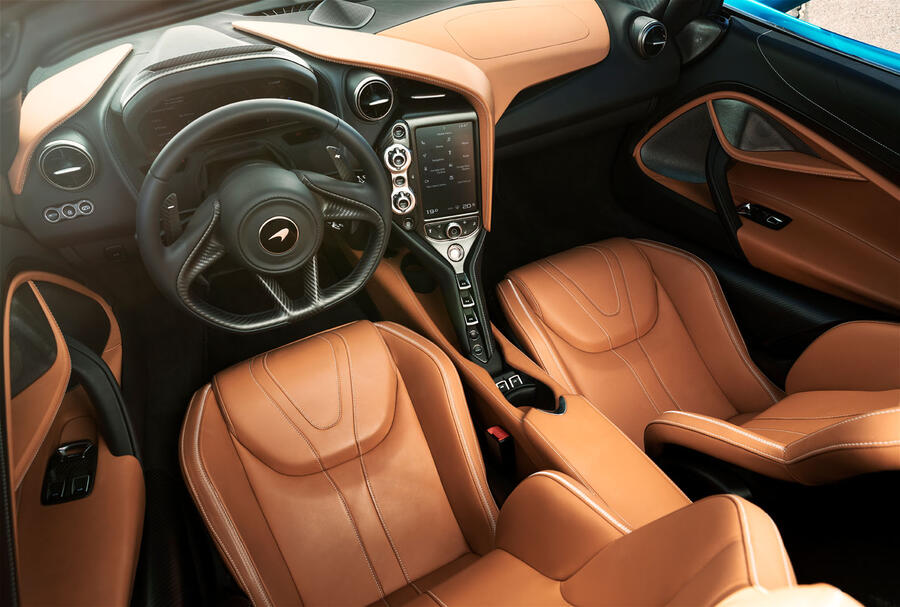
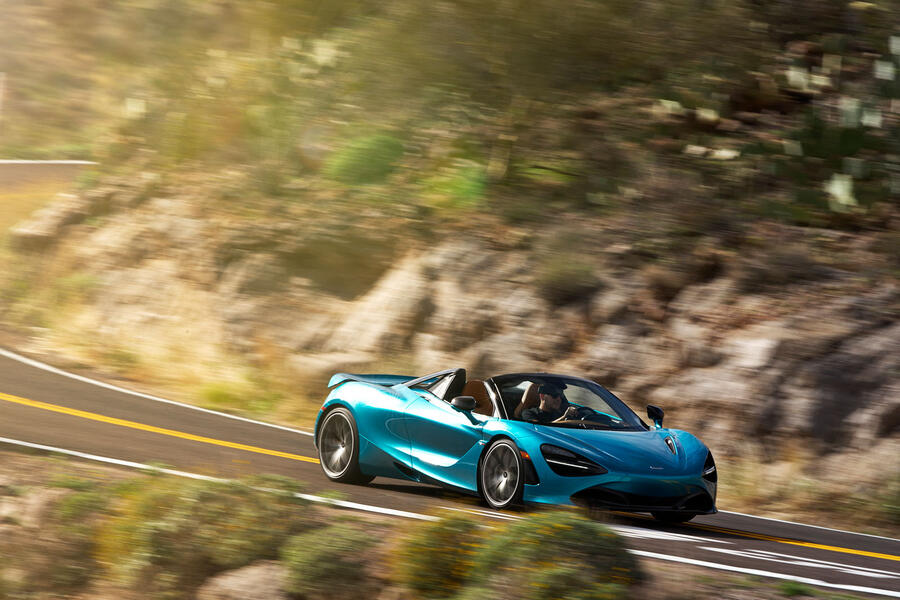
Join the debate
jason_recliner
Sex on Wheels
Probably the best looking production car on sale today, IMO.
jer
Anyone know why they cant fix the noise?
Would have thought they would by now. I know they don't sound bad but there is something missing.
Overdrive
So the car is perfect?
Or maybe not! That design and look of that dash would be tough to justify on a £50k car, never mind one costing £240k. The engine, going by other reviews that don't fawn over McLarens uncritically, does not have the feel and engagement of rivals. As for the looks, sure it's subjective, but the bug-eye insect front and the messy rear just don't do it for me.
McLaren have come up me a long way in a short period (ignoring the scary reliability stories) and deserve praise for that, but I'll take a Huracan over this every time.
Overdrive
Bloody mobile phone keyboard,
Also, to be fair to the reviewer, he did note the 720S engine's shortcomings. Nevertheless, McLarens and five stars go together like hand and glove, as far as Autocar is concerned!
Cobnapint
Stunning piece of engineering
Lanehogger
How can it be hypercar fast with 'only' 710bhp?
What still staggers me about the 720S is just how fast it is, either in a straight line or around a track. It's almost as quick as the much more powerful, lighter and tech-loaded aero and not much older P1, meaning that it's far quicker than many hypercars too. It shows the progress of the 720S while it shows McLaren now have a knack of making cars as quick as more powerful ones. The 600LT is the same. With this rate of progress and knowhow, God knows how quick the a LT version of the 720 will be. Or even how quick their next hypercar will be, the Speedtail!
John Fox
The big issue with these cars
The big issue with these cars as many yt commentatators have pointed out, is turbo lag. The motor is too small and too boosted to be responsive. Otherwise, I actually think the interior looks great, and I like their commitment to ride quality.
The Dr
Beautiful
I agree with many other comments that McLaren have got the styling spot on, this and the AM DB11 are my favourite designed cars at the mo.
Add your comment